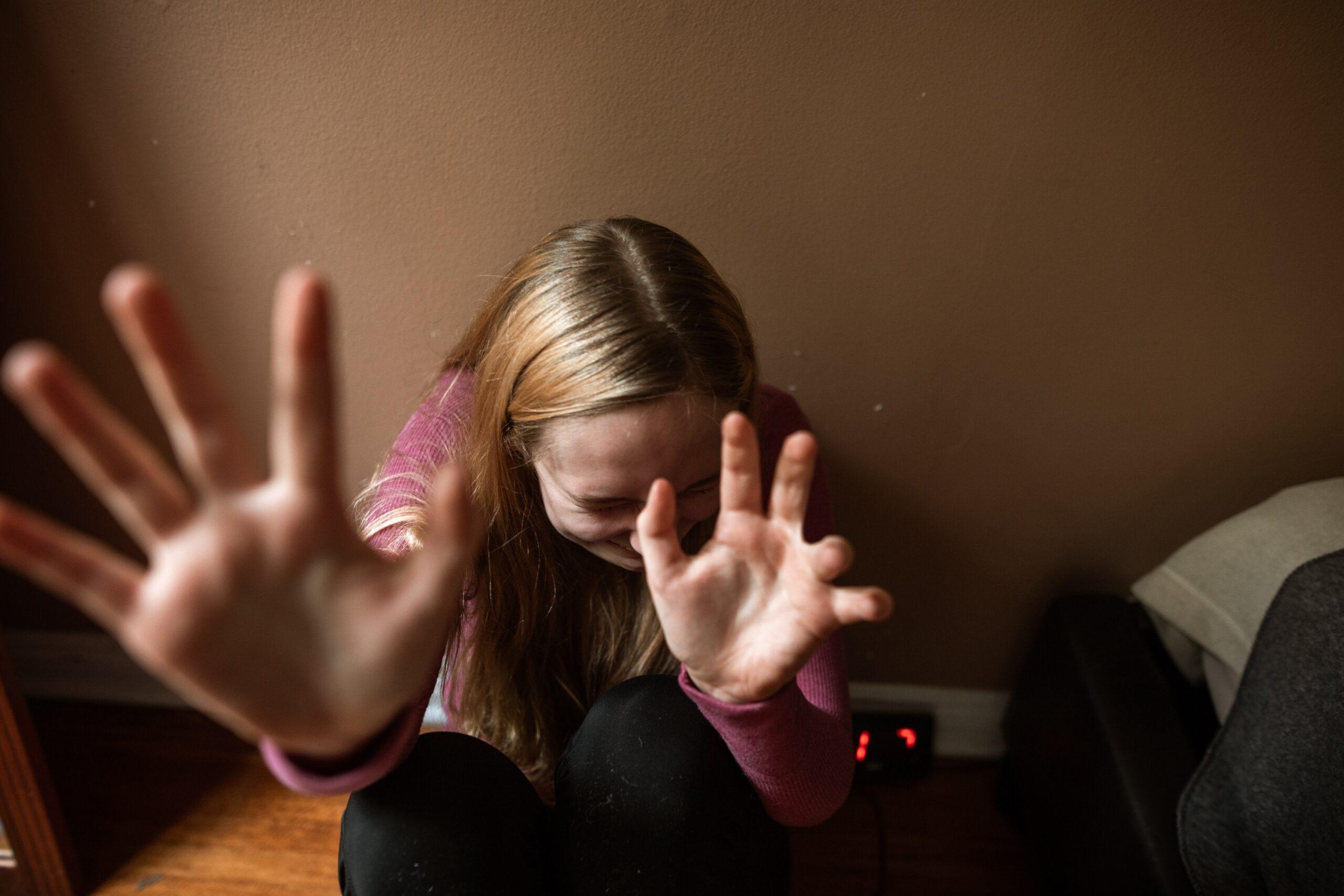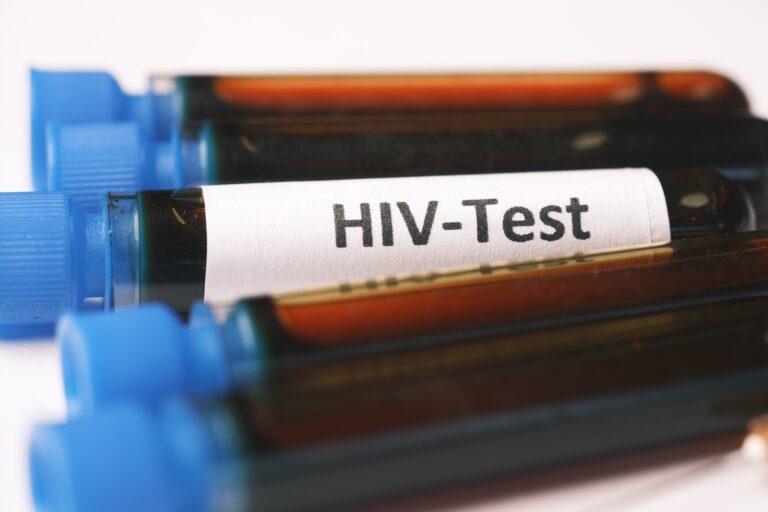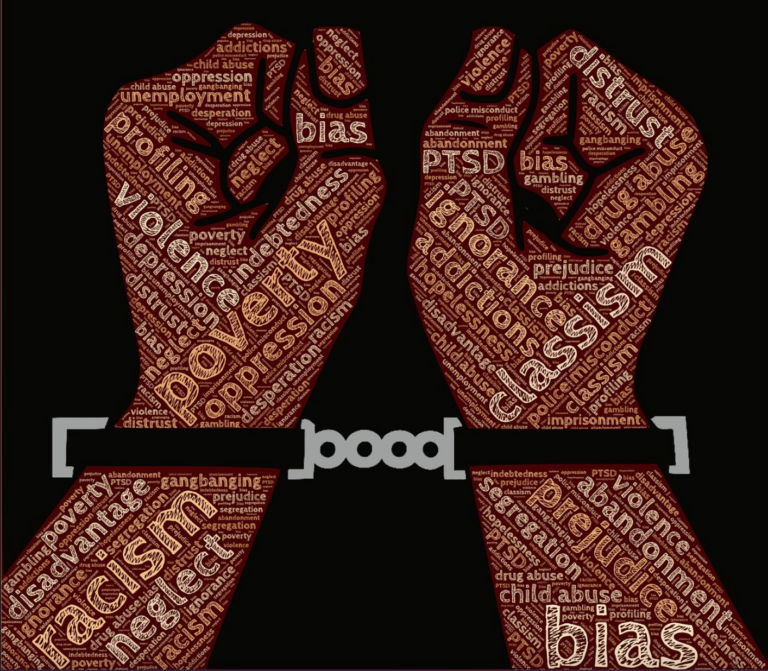Rise in teen violence-The offspring of the pandemic

Almost three years into the pandemic, schools have returned to a more established space where minor interruptions are due to illness due to the lingering COVID Pandemic, the seasonal flu, and the emergence of respiratory syncytial virus (RSV) in children across North America. This is now exacerbated by a disrupted space caused by increasing misconduct and violence among school children and teens. The prevalence of violence has now spilled over into the streets and on public transit across the Greater Toronto Area (GTA).
Over the last year, incidents of teen violence have spiked, at least two students were shot and killed and several others were injured in incidents of school shootings in Toronto. Other incidents of fights and stabbings were also reported. The situation has become so acute in selected schools that students are afraid to use the washrooms as they have become staging areas for MMA-style fight clubs and betting and gaming establishments.
These incidents of violence which have spread across the entire GTA are astonishingly undominated by teen boys as some may have expected but a significant number of the incidents have a disproportionate number of teen girls’ involvement. A recent incident involving eight teen girls ranging in age from 13 to 16 years of age allegedly assaulted passengers on the subway and later that same night they swarmed a homeless man and woman. They robbed the woman of alcohol and when the man came to her defence he was stabbed to death by the girls. All eight were charged with murder, the first incidence of this kind in Canada involving young girls.
There has been escalating incidence of violence on the public transit over the last six months. Many of the infractions involve teen boys and girls ranging in age from 13 to 16 years. A few that stood out were four teen boys who shot a transit worker with a BB gun and, more recently, three teens, two males and a female, slashed a woman in her face on the transit system and days later when cornered by the police one of the males attacked the police with a machete. They were all arrested and had 25 charges laid against them. Several incidents of aggravated robbery occurred at pharmacies across the GTA from which narcotics and potent painkillers were stolen to be sold on the illegal market. This was a terrifying time for these pharmacies and their customers. Just a few weeks ago, eight individuals were arrested, among them were six teens ranging in age from 14 to 17 years. Of concern is that many of the teens involved in these violent criminal activities are known to the police, with a few being out on bail awaiting trials for previous criminal charges.
The increasing incidents of violence have increased anxiety and fear among city residents, especially the millions that take public transit daily. Many are urging the authorities in the city and the school boards to act decisively to stem the tide of the violence by increasing the presence of security on public transit and bringing back school resource officers in some selected schools. Since the lockdown during the pandemic schools have not been the same, and the isolation resulted in social development gaps for children and teens, alike. This has led to the rise of delinquency and socially unacceptable behaviour among the group. The pandemic has also widened many students’ learning gap, especially those on the lower socioeconomic rung of the ladder because they, typically, lack the necessary resources to keep pace.
Take the case of Joey (not his real name) a big 14-year-old kid with some learning challenges and poor social skills made worse by the isolation brought on by the pandemic. He has fallen so significantly behind in his learning and social development that, for him to feel relevant, he has resorted to bullying his classmates and issuing violent threats regularly. Other students have dropped out of school and have joined up with like-minded teens after meeting online and have formed swarming gangs.
Many, including political officials, believe that the solution to the problem is increased policing and judicial reform. They believe that charging these teens and allowing limited access to bail before trial arises is the way to progress. Were the teens should be convicted they should be sentenced as adults. School administrators and staff are clamouring for more staff and are lobbying their respective boards to amend the disciplinary policies in schools.
No one has taken a step back to examine the underlying causes of the problem. The cultural and social issues, dysfunctionality in the homes and the broader community. The astronomic increase in mental health issues among children and teens emerging from the pandemic. Yet the policymakers and politicians are directing scant attention, why? Because it doesn’t provide them with populist sound bytes. Investing in mental health will take months or maybe years to filter downstream. Where I can appreciate the need for short-term intervention to reduce the number of violent incidents. A multi-prong approach and commitment to long-term resource allocation are necessary to fix the problem. Resources are required to build school capacity in impoverished neighborhoods to provide the staff required to meet the learning, mental and socioeconomic needs of the students thus preventing them from being attracted to crime and violence. The solution to the problem is not one of convictions and incarcerations; the time is now to put restorative and preventive measures in place to save a generation of school-age children and teens in crisis.
Fernon Willson is a Jamaican educator residing in Canada.






